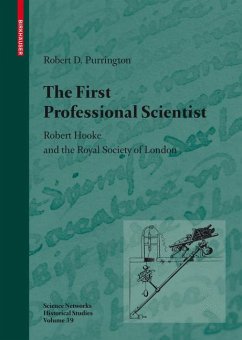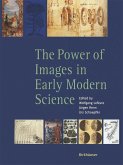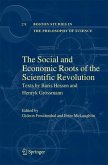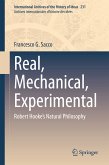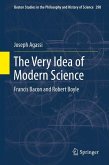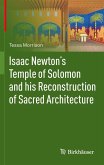Dieser Download kann aus rechtlichen Gründen nur mit Rechnungsadresse in A, B, BG, CY, CZ, D, DK, EW, E, FIN, F, GR, HR, H, IRL, I, LT, L, LR, M, NL, PL, P, R, S, SLO, SK ausgeliefert werden.
"Each chapter is abundantly annotated. These annotations do more than just give a source: they are often quite descriptive in themselves. ... This book describes the life of Hooke as well as his scientific contributions. Reading this book will enable one to see Hooke as the eclectic gentleman that he was. Anyone interested in Hooke or the London scientific community of the 17th century will certainly enjoy perusing it." (Herbert E. Kasube, The Mathematical Association of America, August, 2010)

